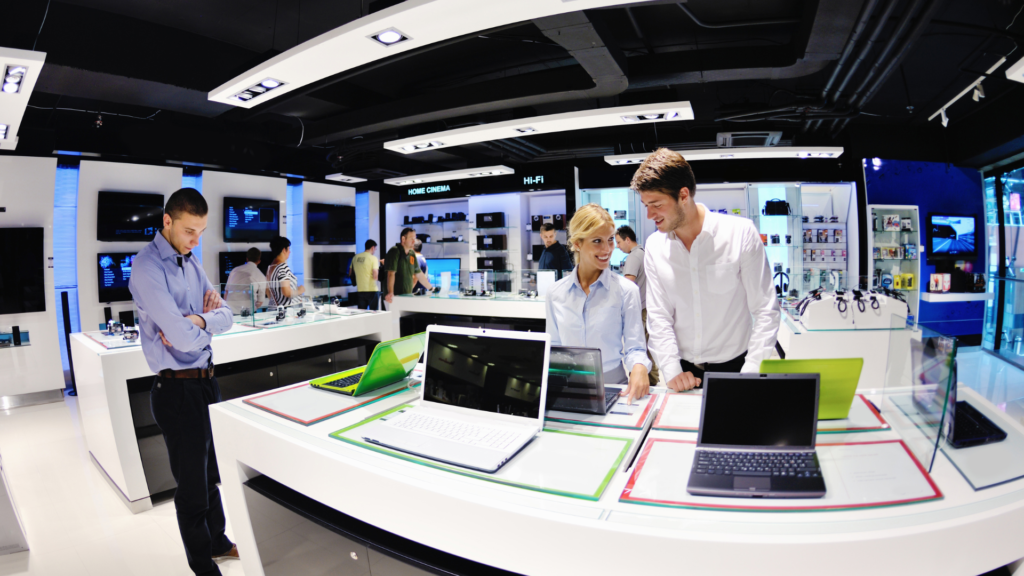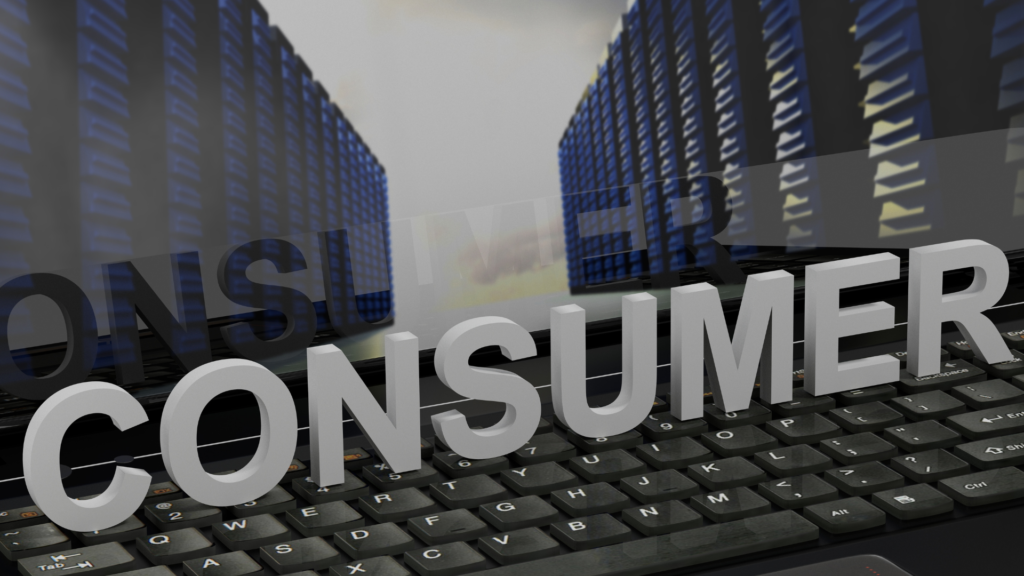A New Way to Connect, Learn, and Live
Imagine not being able to send a quick message to your loved ones, attend a virtual class, or search for a recipe online. Now imagine doing all of that from one device in your pocket. That’s the everyday power of consumer technology. For most of us, it’s no longer a luxury—it’s a basic need that shapes how we connect, work, learn, and stay informed. From making calls to managing bank accounts, these devices touch nearly every part of modern life. But for someone just starting out, stepping into this world can feel overwhelming. This guide is here to help you begin with confidence—focusing on what matters most: the digital devices designed to make your life simpler.
What Consumer Technology Means for You
When we say “consumer technology,” we’re talking about the smartphones, laptops, tablets, and wearable devices designed for personal, everyday use. These aren’t complex machines reserved for experts—they’re tools built for people with all levels of experience. Whether you’re a student logging into your first virtual classroom or a senior learning to video call family across the country, these products are made to help you do it easily. They are intuitive, portable, and increasingly affordable, making them accessible to anyone willing to give them a try. The best part? You don’t need to know everything—just enough to get started.
Starting with the Smartphone
The smartphone is often the first step into the digital world—and for good reason. It allows you to make calls, send texts, browse the internet, and access apps for everything from news and health to entertainment and banking. Most phones come with beginner-friendly features, including voice assistants, large icons, and simple navigation. For many people, this single device becomes their alarm clock, camera, map, notebook, and personal assistant all in one. If you’ve never used one before, don’t worry—most phones guide you through setup step-by-step and offer help along the way. You’ll be surprised how much you can do with just a few taps.
Laptops: Your Personal Workspace
A laptop offers more screen space and power than a phone, which is why many people turn to it for writing, studying, video meetings, and organizing files. It’s like a mobile office you can carry around. While a laptop may seem more complicated at first, it’s built for productivity and ease. You’ll use a keyboard and trackpad instead of a touchscreen, but that becomes natural with a little practice. Beginners often find comfort in the clear layout of the screen and the ability to adjust settings based on personal preference. Whether you want to write emails, attend online courses, or store important documents, a laptop can handle it all—and grow with you as you learn more.
Tablets: Simple, Lightweight, and Fun
Tablets fill the gap between phones and laptops. They’re larger than a phone, but often easier to use than a full-sized computer. If you prefer tapping over typing or want a device that’s perfect for reading, watching shows, or casual browsing, a tablet is a great option. Its intuitive design makes it especially appealing to seniors, kids, and beginners who want something lightweight and easy to handle. Many educational apps, drawing tools, and video services are optimized for tablets, making them excellent companions for both learning and leisure. You’ll find yourself picking it up for quick tasks and then discovering new ways to use it every day.
Wearables: Technology on Your Wrist
Smartwatches and fitness trackers are small, wearable devices that connect with your smartphone to deliver notifications, track your health, and help you stay organized. At first glance, they may seem like a high-tech luxury, but they’re actually quite user-friendly. Most wearables let you monitor your steps, heart rate, and sleep patterns. They can remind you to move, drink water, or even take deep breaths during a stressful day. For someone looking to ease into tech slowly, a wearable offers a gentle start—it works in the background while supporting healthier habits.
Choosing What’s Right for You
With so many devices available, it’s easy to feel pressured to buy the latest or most expensive model. But that’s not necessary. What matters most is choosing the device that fits your lifestyle. Start by thinking about what you want to do—whether it’s staying in touch with family, learning something new, or simply organizing your day. Let your needs guide your decision. Most devices today are designed to be beginner-friendly, and many come with helpful resources like video tutorials, customer support, and guided setup features. Taking small, intentional steps will help you build comfort and confidence at your own pace.
Learning Through Use, Not Fear
The only way to become familiar with technology is to use it. Don’t worry about getting everything right the first time—mistakes are part of learning. Try sending a message, adjusting the screen brightness, or searching for a how-to video. Each new action teaches you something. The more time you spend with your device, the easier it becomes to explore new features and tools. If you ever get stuck, there’s always help available—whether through built-in support, online tutorials, or a friend or family member. You don’t have to figure it out alone.
Staying Safe and Balanced
While consumer technology offers convenience and connection, it also comes with responsibility. Use strong passwords, update your devices regularly, and avoid clicking on suspicious links or downloading unknown apps. Security settings are there to protect your personal information, and learning how to manage them is part of becoming a confident user. At the same time, remember that balance is key. Devices should support your life, not take it over. Use screen time settings or take regular breaks to make sure you’re staying present in the offline world, too. Technology is a tool—not a replacement for real experiences.
Why It Matters
Understanding and using consumer technology isn’t about keeping up with trends. It’s about building the skills to connect, learn, work, and live better in today’s world. Whether you’re applying for a job, attending an online class, or staying in touch with distant loved ones, these devices offer practical solutions that fit into your daily routine. Starting may feel uncertain, but each step leads to greater independence and confidence. You’re not behind. You’re just beginning—and that beginning matters more than you think.
Frequently Asked Questions (FAQs)
1: What does “consumer technology” mean?
A. It refers to digital devices like smartphones, laptops, tablets, and smartwatches designed for personal, everyday use.
2: What’s the best device for beginners?
A. A smartphone is a good place to start because it combines many tools—calls, internet, apps—into one user-friendly device.
3: Are these devices safe to use?
A. Yes, as long as you follow basic safety tips like using strong passwords, avoiding unknown apps, and keeping software updated.
4: Can older adults learn to use this technology?
A. Absolutely. Many devices come with accessibility settings, larger icons, and simplified modes to support all users.
5: Do I need expensive technology to get started?
A. No. There are many affordable, reliable options that offer excellent features for everyday use.




Pingback: The Complete Guide to Consumer Technology: Trends, Products, and Innovations